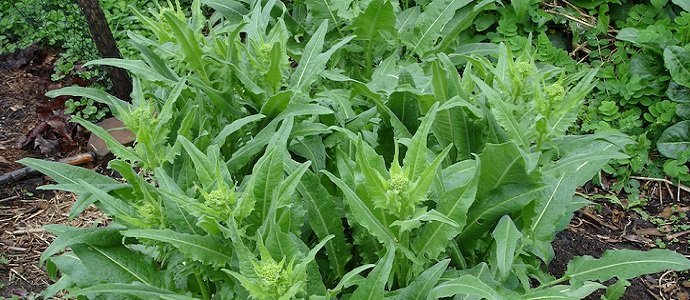
Starting a home garden is one of the first steps that you can take to become self-sufficient. Like other aspects of prepping and survival, home gardening requires dedication and hard work yet it is also incredibly rewarding.
With some planning and the use of certain techniques and principles, your home garden can provide vegetables for the whole family. You won’t even need that much land since you can make do with as little as a quarter of an acre. This means even preppers who live in the suburbs can try their hand at home gardening.
Home gardening basics
Before you start sowing seeds, you must figure out how much food you need and can grow. These two things will depend on various factors, like the climate, garden space, the size of your family, and how much food everyone requires. (Related: A simple 5-step guide to starting your own vegetable garden.)
Back in the 1970s, research by John Jeavons and the Ecology Action Organization determined that 4,000 square feet (or 370 square meters) of growing space, with another 4000 square feet for access paths and storage, is enough land area to provide for an individual on a vegetarian diet for one year. This land is enough to cultivate a garden plot that’s about 80 feet x 100 feet (24 meters x 30 meters).
…click on the above link to read the rest of the article…





